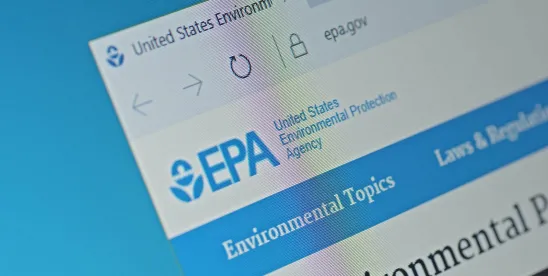On August 7, the Trump Administration announced it is cancelling the Solar for All federal grant program, which originally committed $7 billion in awarded grants to support solar in low income and disadvantaged households.
The groundwork for the Environmental Protection Agency’s (EPA) decision came in the recent passage of the One Big Beautiful Bill Act. Among its numerous provisions, it included language that eliminated the federal Greenhouse Gas Reduction Fund (GGRF) and rescinded any unobligated funds. The $7 billion in Solar for All grants was authorized through the GGRF program. On Thursday, August 8, EPA Administrator Lee Zeldin said that the law’s elimination of the GGRF meant his agency “no longer has the statutory authority to administer the program or the appropriated funds.”
According to reporting, EPA sent letters to 60 entities, which had previously signed contracts with EPA. Soon after, awardees could no longer access the government’s grant-making portal (the ASAP system) to request reimbursements for program expenditures. According to the Administrator, allowing the program to go forward, “is no longer legally permissible.”
The move is the latest in a series of Administration efforts to roll back and scale back federal sustainable energy programs. The Department of Energy announced in May that it would review 179 federal clean energy grants totaling more than $15 billion. The EPA has also proposed reversing the Endangerment Finding, which determined that greenhouse gasses were pollutants within the meaning of the Clean Air Act. Also, the One Big Beautiful Bill Act severely restricts federal tax credits benefitted the solar energy industry.
It also comes six days after U.S. Secretary of the Interior Doug Burgum signed a Secretary’s Order stating that wind and solar energy projects are an inefficient use of federal lands. The order directs Interior Department officials to prioritize nuclear, gas, and coal projects as a more efficient use of federal land. The Department of the Interior governs approximately 480 million acres across the country, including approximately 80 percent of Nevada.
“In accordance with existing law and President Donald J. Trump’s energy executive orders, the Department will now consider proposed energy project’s capacity density when assessing the project’s potential energy benefits to the nation and impacts to the environment and wildlife. This order directs the Department to permit only energy projects that are the most appropriate use of the federal land and resources,” Secretary Burgum said.




 />i
/>i
